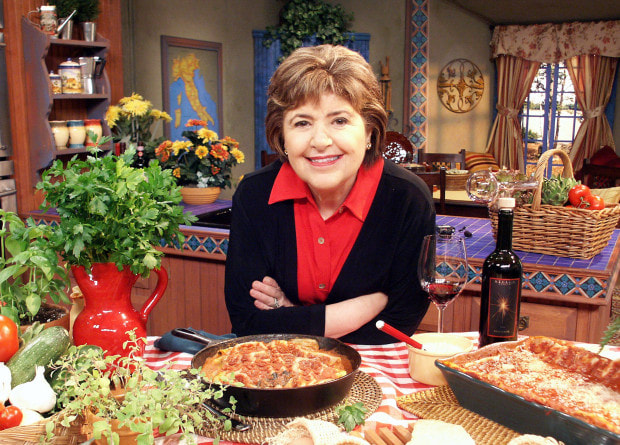

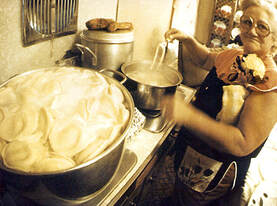
Mom with her Big Pots
Long before my mother passed, I would visit her and Dad in their suburban New Jersey home and we would watch Mary Ann Esposito's show, Ciao Italia on their local PBS station. While I learned Mary Ann's recipe and techniques on TV, my mother passed on her own recipes and hands-on lessons in her humble New Jersey kitchen, in the same way her mother had taught her.
Mom taught me to make soups first, then stews, then how to make more complex things like light, fluffy gnocchi (I still remember how quickly her arthritic fingers tossed those gnocchi from the ends of a fork). While Mom taught me our own ricette di famiglia Finzi, Mary Ann helped me perfect techniques to help me become a pretty decent, all-around Italian home cook. She also helped me understand that Italian cuisine isn't just one thing. there are many cuisines to be explored in Italy.
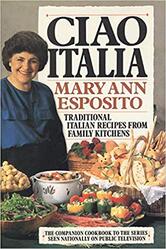
Mary Ann's first book holds a place of honor in nostra cucina
I wanted to have a conversation with Mary Ann in honor of my Mother, since both of these wonderful Italian women have been a strong influence in my own life in my own Cucina. My Mother would be proud to know that I shared a few words with one of our Italian heroines.
Mary Ann is the author of 13 books on the art of regional Italian cooking. She has taught millions of fans how to cook authentic, regional, healthy and delicious dishes on her PBS show Ciao Italia, currently in production for its 29th season of episodes! Mary Ann has over 30,000 followers on Facebook and over 1,400 recipes on her Ciao Italia website. She has also made over 40 tours of Italy, 18 of which were organized as cooking classes attended by loyal home cooks.
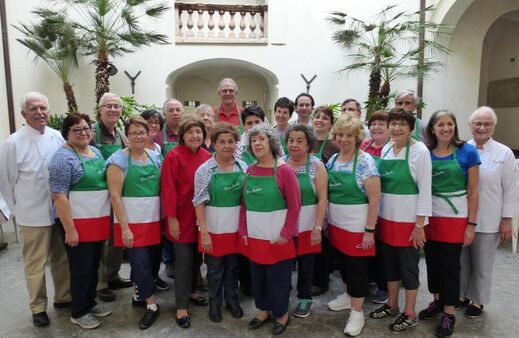
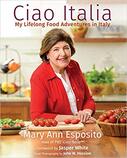
Mary Ann was gracious in affording me some of her precious time, her schedule made even busier with the recent launch of her new book Ciao Italia: My Lifelong Food Adventures in Italy, as well as her preparing for the 2020 broadcast of her new season of shows on PBS (check your local PBS listings).
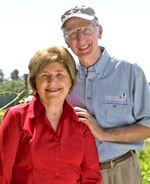
So, pour yourself an espresso, sit back and enjoy our conversation. As a bonus, I also discussed gardening with her husband, Dr. Guy Esposito, the official Ciao Italia gardener.
Mary Ann learning about Piadina, a flat bread from Emilia-Romagna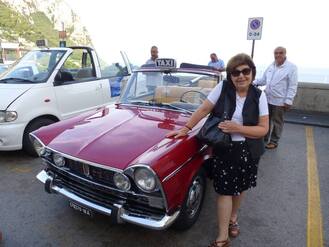
Mary Ann in love with a vintage Capri taxi
Finzi: You’ve been on PBS continuously for 29 years… certainly an achievement for any TV cooking show. Can you explain your commitment to PBS and if you’ve ever been approached to do a show on a commercial cooking network? If you were offered a show, why didn’t you take the offer?
Mary Ann: I wanted to have a personal connection with my audience without interruption or distraction and I wanted it to be my show in my words without someone else telling me how to do it. It would have been so much easier to go to go the commercial route but I had higher goals.
Finzi: I see your point, Mary Ann. They might have re-packaged what you were bringing to the table (excuse the pun) and your menus might have been someone else’s choices, perhaps by committee. We’re happy you followed your own path.
Certainly for my family, some of our favorite episodes have included location segments filmed in Italy. Does your new season include any Italian segments? And throughout the history of your voyages, where were your favorite places to explore—and cook?
Mary Ann: Location shoots require a huge effort and lots of money but when our budget allows, we are in Italy. This year for our new season, we will be filming in Tuscany in the fall. All the regions are my favorite, but I am partial to Sicily and Campania.
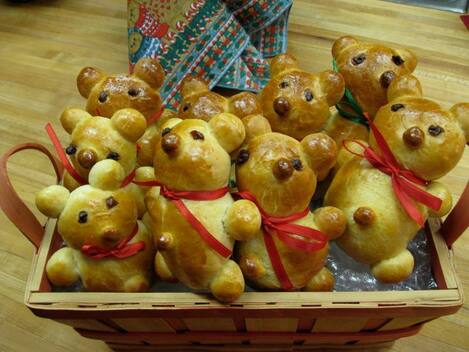
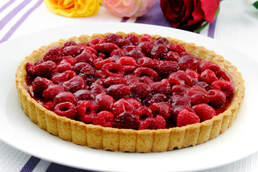
Mary Ann's Raspberry Tart
Finzi: I agree with you on this. There's something so warm and welcoming in the South--a much slower pace. For me, I felt most at home when visiting Puglia where my father was born. The people's welcoming smiles reminded me of him.
Some of my other favorite Ciao Italia episodes had you baking with the amazing pastry chef, Nick Malgieri. We love Nick because he was kind enough years ago to help me find the recipe for “pas-ah-chut”, as my Molfettese father called them (pasticiotti). What are your favorite pastries to make?
Mary Ann: Of course I love to make cannoli, fruit tarts, lots of different biscotti.
Finzi: My thing is making the Crostata di Frutta in our cucina, but my wife is the go-to gal for all sorts of cookies, cakes and pies. Happily, this year she is exploring the world of the twice-baked dolci—biscotti.
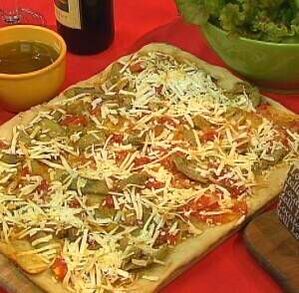
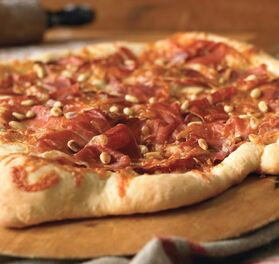
I've always loved pizza and even worked at our local pizzeria for a while when I was a teen, and for nearly 20 years and I've become a fairly decent pizzaiolo at home. I’ve made Neapolitan, Chicago and Detroit deep dish, “grandma’s”, sfincione, focaccia, thin crust, etc. I think I’ve saved every one of your pizza episodes on my DVR. Which is your favorite pizza and what do you think makes it so special?
Mary Ann: I would have to say Margherita is my favorite but I love making all kinds. The important thing is to use as close to original ingredients as possible like Caputo flour for the dough, real mozzarella di Bufala and fresh basil.
Finzi: Happily, home gardens, farmers markets and the Farm to Table movement are growing in popularity. Living in the country, we often have to travel to Philadelphia or New York to get precious ingredients like mozzarella di Bufala, but we do grow our own veggies and lots of basil!
For me, baking pastry is very specific and precise, which is perhaps why my wife does that in our house. What are your thoughts on “cooking to the recipe” versus cooking the way nonne do, by taste, look and feel?
Mary Ann: I’m with you; I never cook with recipes even though I write books with precise recipes for readers based on my testing them. I think the best cooks are those who improvise.
Finzi: In my case, improvisation can make it a little difficult when I want to share one of my recipes with our GVI readers. I have to convert a pinch, a dollop, a handful, a splash or to describe how a dough should look and feel.
What I’ve always loved about your cooking is the historic and anthropological perspective you bring into the Italian kitchen. You teach that “Italian food” doesn’t really exist, but it’s really about the 20 different regional cuisines of Italy. What would you like to see as an effort to change the American view of “Italian food” as only being pizza, chicken “parm” or spaghetti and meatballs?
Mary Ann: Watch my show! Read things about regional cooking; in my just released new book CIAO ITALIA (My LIFELONG FOOD ADVENTURES IN ITALY) you will find a treasure trove of regional recipes with stories that support their origin.
Copyright, 2020 - Jerry Finzi/GrandVoyageItaly.com - All Rights Reserved
Not to be reproduced in any form without expressed, written permission.